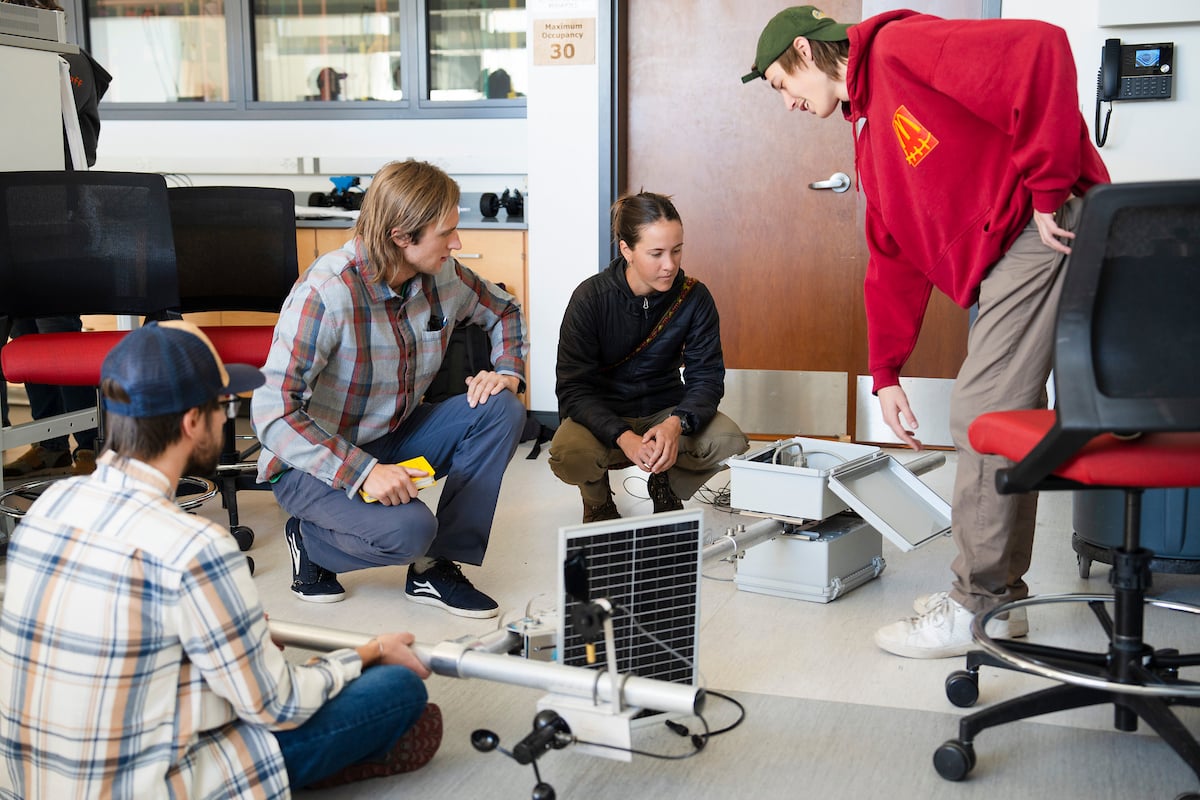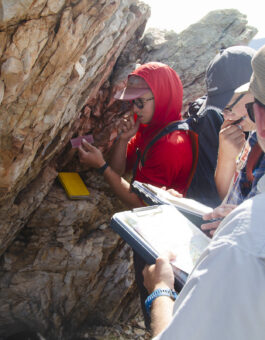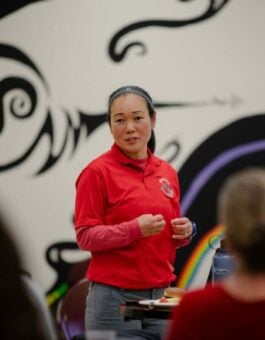The weather can be difficult to predict anywhere, but especially in a high mountain valley, where the sun and terrain hold unreasonable sway over the temperature. A short drive in any direction on a winter day can yield swings of several degrees and huge differences in snowpack. And even on the coldest days, how cold it is usually depends on where you are.
It’s one of those quirks of nature that most people barely notice. But for scientists watching for clues about things like the speed of spring snowmelt or the likelihood of a forest catching fire, that information is critical to understanding the nuances of a complex and changing system. In the Gunnison Valley, situated squarely in the Colorado River watershed, where it will contribute water to a system that supports more than 40 million people, those gaps in information can lead to uncertainty with far-reaching effects.
Dr. Ian Breckheimer is a landscape ecologist at Rocky Mountain Biological Laboratory (RMBL) and Western Colorado University studying the many microclimates of the Gunnison Basin. Along with dozens of other scientists who converge on RMBL in the summer months, he needs high-quality, long-term data sets, collected in person or remotely, for his research.
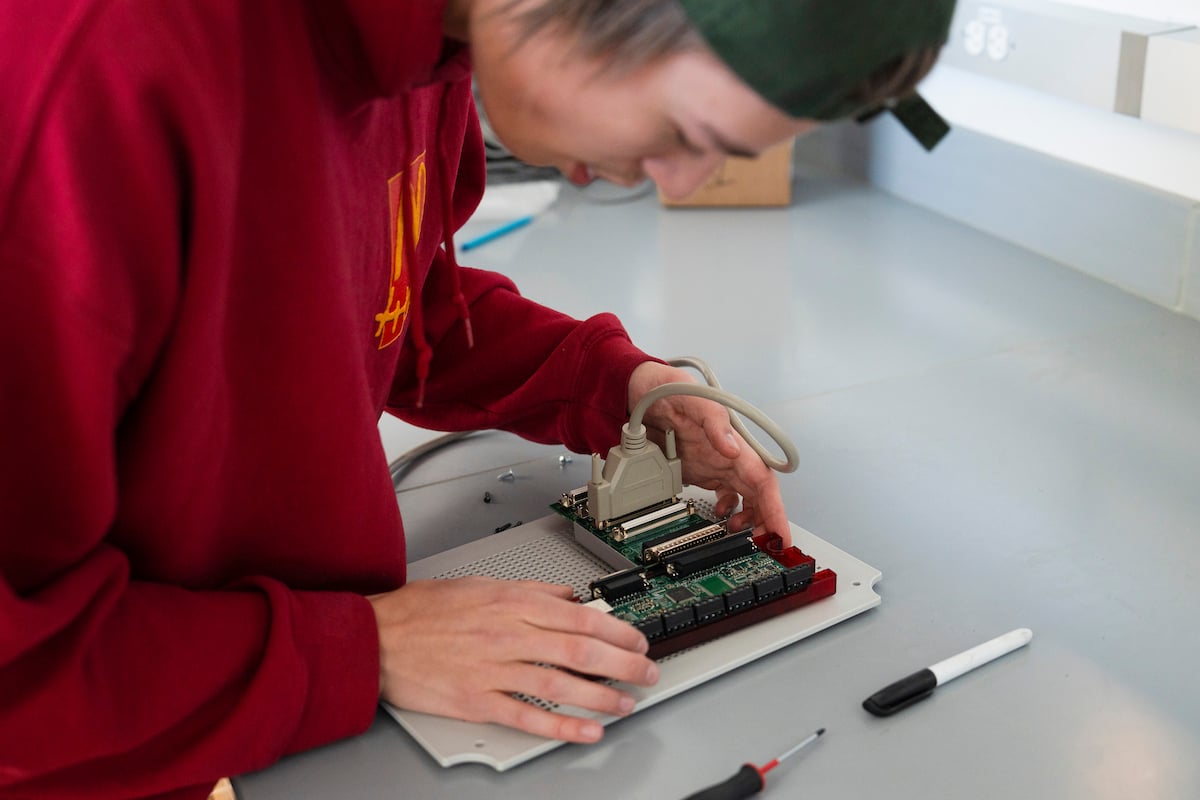
Unfortunately, existing remote weather stations don’t provide the detailed data scientists need to put the finest point possible on their understanding of the system. “We have super complex patterns of weather and surface properties,” Breckheimer said. “Right now, we’re working with a lot of weather models and a lot of climate models that don’t do a great job of representing those [subtleties], and that makes it really hard to translate either a weather forecast or a climate forecast into conditions on the ground.”
To build a weather station that would suit his needs, he enlisted the help of five mechanical engineering students in the Western-CU Boulder Partnership Program—Samuel Buono, Samuel Koster, Oliver Bennett, Max Olson, and Keegan Jacoves—who took it on as their senior capstone project, with Jayden Omi and Tyler Baker as post-baccalaureate advisors.
Their task was to build a freestanding weather station tall enough to extend above any potential snowfall, yet light enough for a few people to pack into remote locations. In addition to collecting and storing a wide range of observational data – from temperature and humidity to wind speed and direction to solar and reflected radiation – it would need to operate and stand on its own, untouched, for five to six months in the extremes of the Rocky Mountain backcountry.
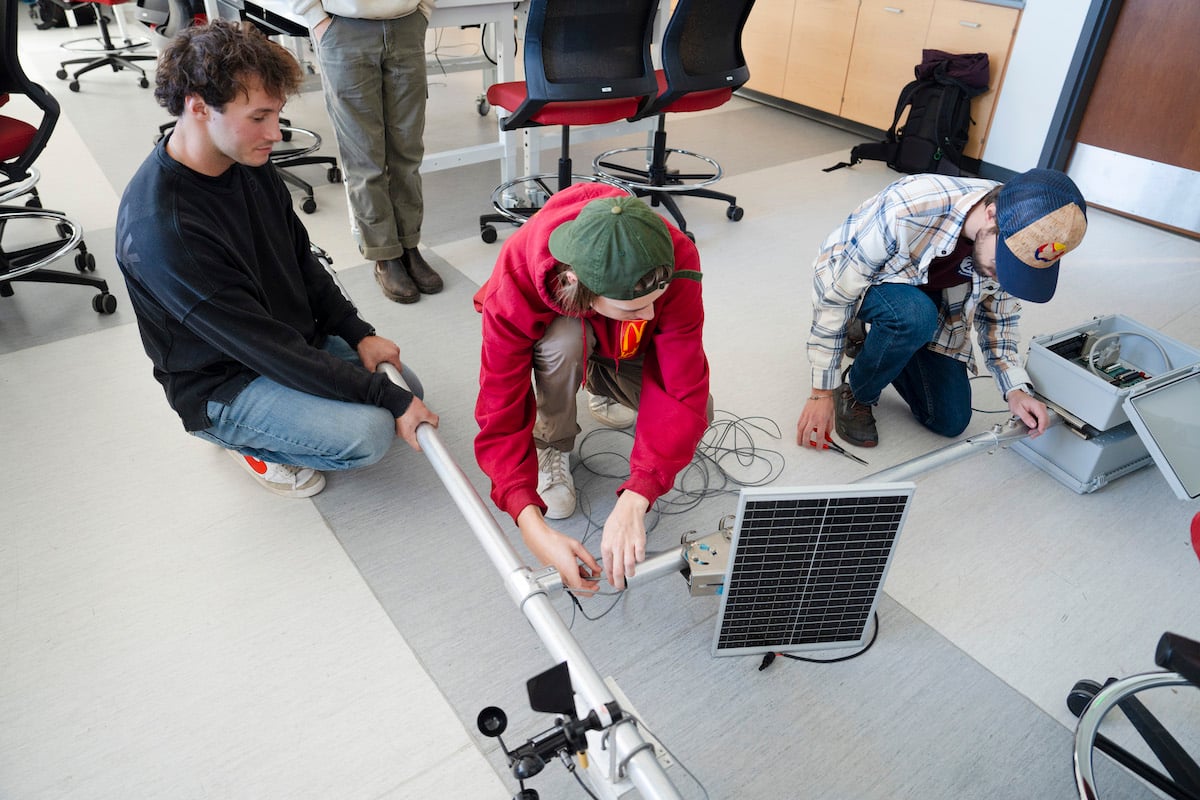
Throughout 2024, the team researched and tinkered with different designs before building a prototype. They sourced and ordered the material they needed for the supporting structure, as well as all the sensors and hardware to collect and store the data securely. When they landed on a design that met the criteria, the team moved ahead with manufacturing the weather station from the ground up.
“I remember telling my parents about it, and my dad, who studied mechanical engineering in college, was surprised that we got to design and build the structure entirely ourselves,” Keegan said. “He thought we were going to be given a design and then work with that. But we did everything.” By October, the team had a working model up and running on campus.
The trial’s results in the spring were very promising. With a few minor tweaks, the design was a success that Western scientists and engineers can improve on as new technology becomes available. Breckheimer sees opportunities for a future group of students to add satellite transmission capabilities that would allow researchers to monitor backcountry conditions in real time.
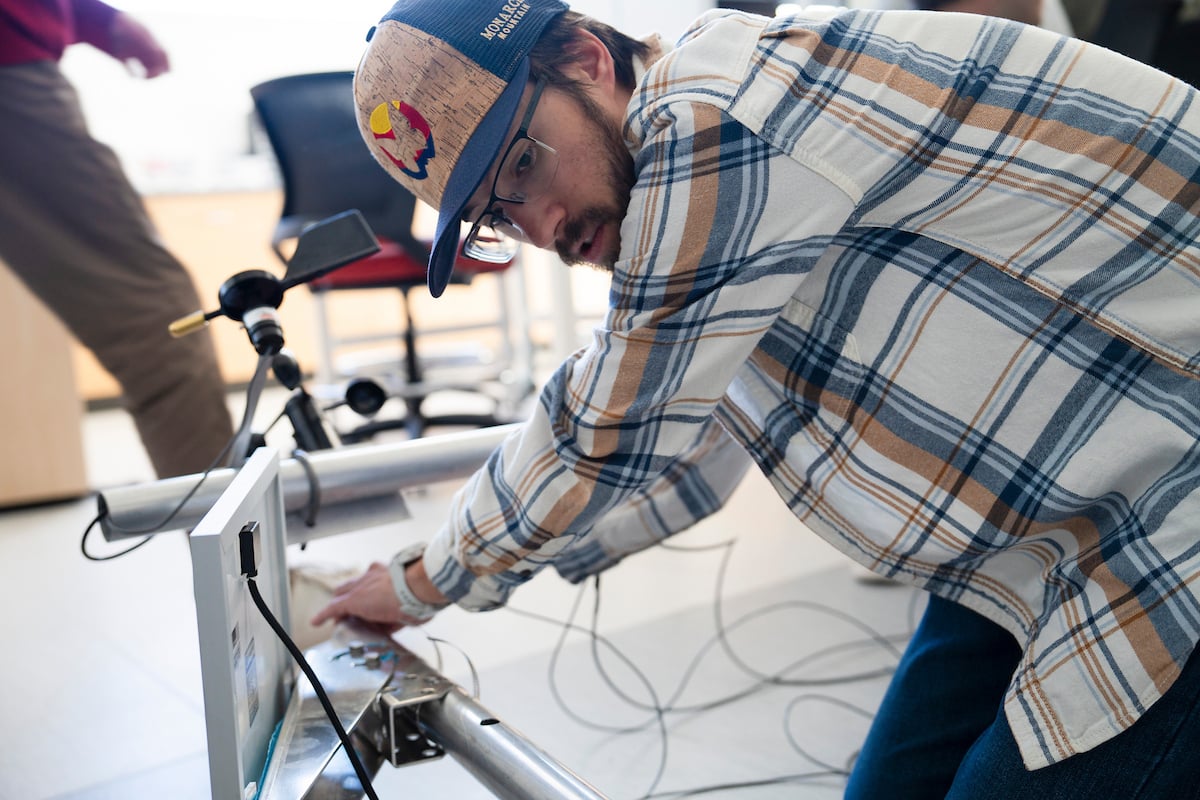
With the troves of data coming from the weather stations, scientists will be able to build computer models of the climate in the Gunnison Basin, which will result in better weather forecasts and a better understanding of how climate and climate change are impacting the region.
“I would love to have up to a dozen [weather stations] deployed in the next year or two,” he said. “The near-term goal is to understand more about all the different processes that lead snow to accumulate in the winter and go away in the spring, the ground surface heating up, the plants coming out, and all of the different physical processes that are involved in those seasonal transitions.”
Want to be a part of the story?
In the Western-CU Boulder Engineering Partnership Program, students engage in hands-on, real-world learning that drives innovation and impact. Explore our programs and start building the future today.
